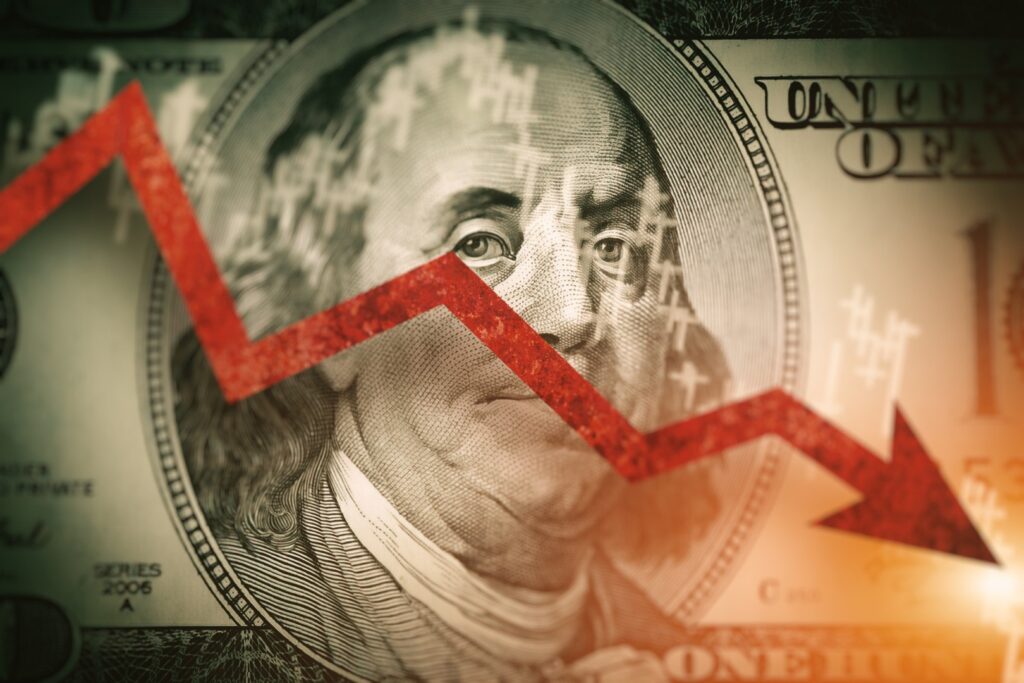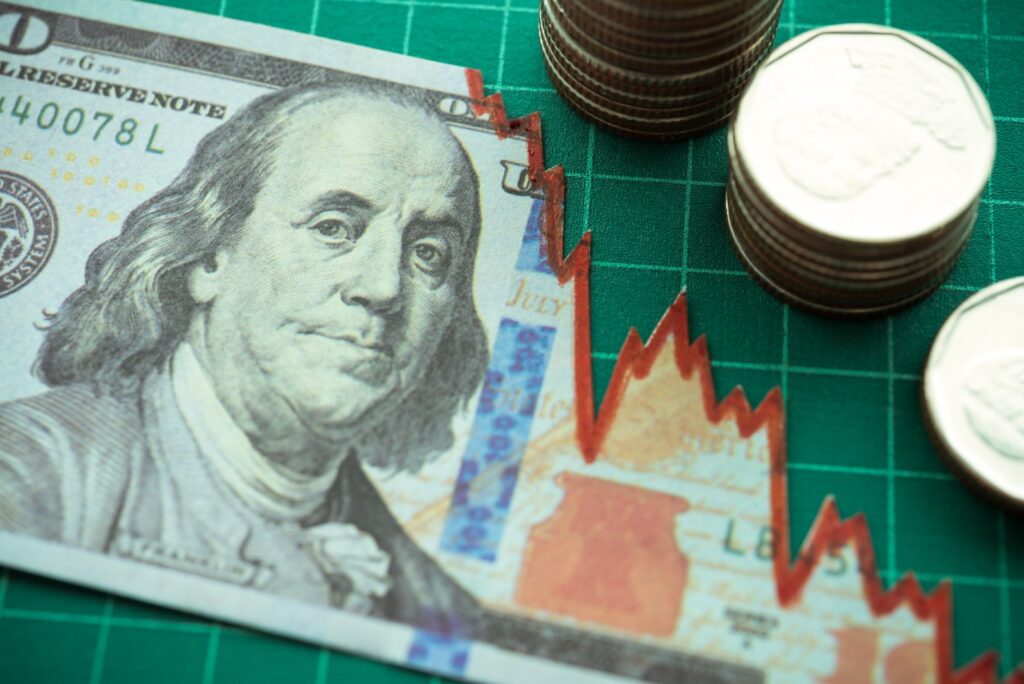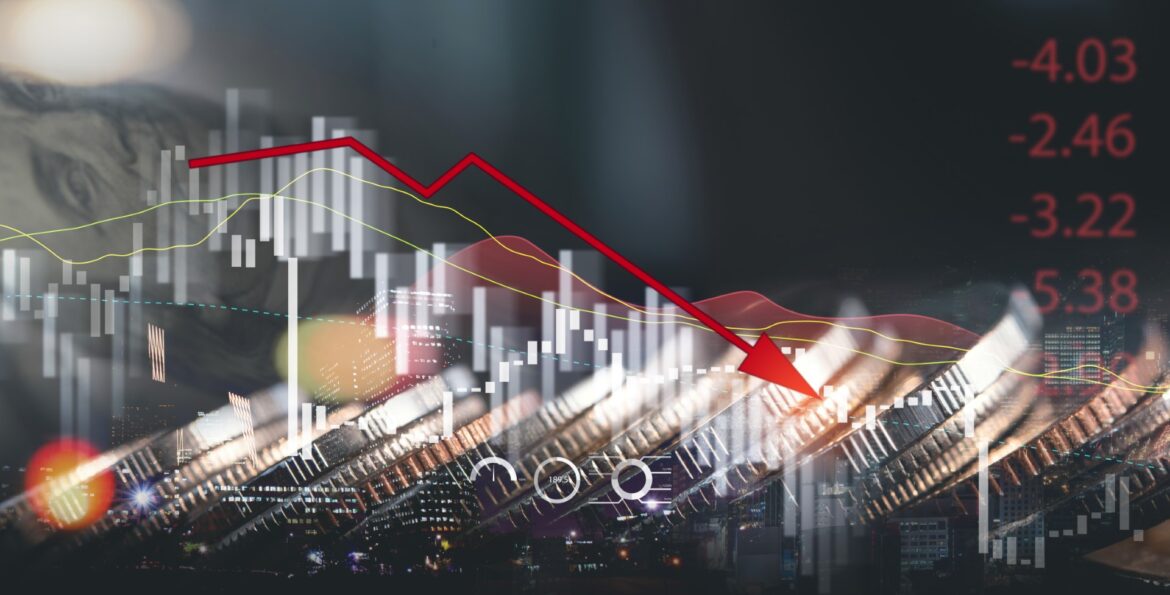Introduction
The globe may be heading toward a worldwide recession in 2023 and a spate of financial crises in emerging markets. Developing countries permanently hurt them as central banks worldwide raise interest rates due to inflation. The Covid-19 outbreak severely impacted the world economy. And as the economy worked hard to bounce back from this setback, the Russia-Ukraine war materialized, posing another major obstacle. Next year, it’s anticipated that combining these two variables will send the world economy into recession. India is not immune, either. The IMF expects India’s GDP to expand by 6.1% in the coming year. Less favorable external conditions and quick policy tightening are blamed for adjusting growth expectations.

Significant Output Decline In 2023
According to the study, increasing price pressures will cause the three world’s top economies, the European Union, China, and the United States, to continue to have worse macroeconomic stability, which will also pose a danger to future prosperity by adversely affecting actual earnings. In addition, the ongoing consequences of Covid-19 and the Russian invasion of Ukraine are considered contributing factors to the world slowdown. Without a pandemic, global output has climbed by 23% since 2016. However, just a 17% increase is expected as of today. As a result of the worldwide recession, which is expected to cost more than $17 trillion, or about 20% of global
sales, real GDP will remain below its pre-pandemic trend.
India’s output is expected to fall by 7.8% in 2023, whereas the Euro area is expected to fall by 5.1%, China’s by 5.7%, the UK’s by 6.8%, and Russia’s by 12.6%. Global markets are currently experiencing uncertainty as a result of increasing interest rates, declining currencies, growing public debt, and other associated problems that have increased the price of food and gasoline.
Narrow Chances Of Experiencing A Recession In India
Global shocks are mostly to blame for inflation and potential growth slowdowns. The foreign economic headwinds affecting India’s economy may moderate. The US Federal Reserve hiked interest rates by 75 basis points to control inflation at its most recent meeting. The US Dollar Index has moderated somewhat due to the European Central Bank’s decision to increase the benchmark rate by 50 basis points. The rupee has gained after crossing the 80-to-one-dollar threshold thanks to a reversal of significant foreign capital outflows and a correction in oil prices and other commodities. High-frequency indications indicate a lower likelihood of an abrupt economic slowdown. Lending to small and medium-sized businesses has grown significantly because of the government’s Emergency Credit Line Guarantee Scheme, and credit to significant companies has also increased. Banks are better able to fulfill the demand for credit thanks to profitability, capital position, and asset quality improvements.
Global Decline In Currency Value
Nearly twice as many new Special Drawing Rights (SDR) as the IMF have been generated, or $379 billion, have been utilized by developing nations to protect their sinking currencies. A basket of the five most valued currencies in the world—the US dollar, the euro, the yuan, the yen, and the British pound—determines the value of an SDR. However, estimations show that the rise in interest rates in industrialized countries is having a particularly negative impact on the most disadvantaged individuals. Roughly a third of the nearly 90 developing countries, according to UNCTAD, have seen their currencies drop by more than 10% this year.
Indian Economy To Be Impacted By A Slowdown In The Global Economy
India’s GDP increased 20.1% year over year in the preceding fiscal year after declining 24.4% in FY21 due to widespread and localized lockdowns. However, the GDP shrank 9.6% in the first quarter of FY23 compared to the March quarter of FY22, which led to the following downgrade. Even the Reserve Bank of India agreed to lower its projected GDP growth for 2022–2023 from the previous 7.2% to 7% at its Monetary Policy Committee meeting in September. Geopolitical concerns, global tightening financial conditions, and sluggish foreign demand influenced the revision. The current scenario is even more unpredictable due to the projected global expansion. The economy has shown to be consistent, but it is not immune to a worldwide economic recession and a potential recession in advanced nations. A recession in the US would particularly affect India’s exports of IT services. Although order flows from international clients are currently high, stagflation reduces IT businesses’ profitability margins.

Conclusion
According to the International Monetary Fund (IMF), a recession might happen in the coming year. All areas are anticipated to be impacted, but alarms are sounding the loudest for emerging nations since several are on the verge of defaulting on their debt. Higher public debt servicing costs are being incurred by lower-income and lower-middle-income countries. High inflation will force the RBI to keep raising interest rates, draining the economy of cash and further limiting the government and industry’s ability to borrow money and invest in capacity expansion. Additionally, India still needs to fully recover from the high unemployment rates and poverty growth brought on by COVID.
